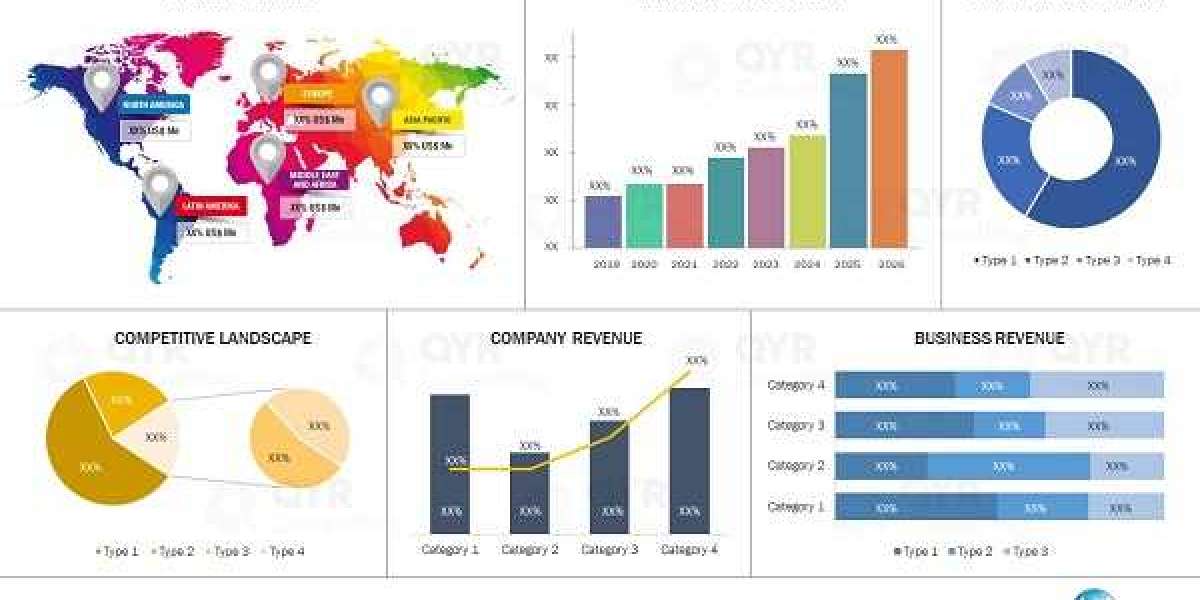When planning a corporate event, whether it's a conference, team-building exercise, or a corporate party, choosing the right comedian can make all the difference. Humor helps to build relationships, reduce stress, and enhance overall productivity, as it allows employees to connect with one another on a lighter note. However, not all humor is suited for a corporate setting, which is why it's crucial to hire comedians who specialize in corporate events.
Corporate events are typically structured around professional objectives, but the importance of including an element of fun cannot be understated. Employees often attend long meetings, seminars, or training sessions, which can become tedious and monotonous. Bringing in a comedian allows attendees to engage with one another and enjoy a refreshing break.
Moreover, humor is a great way to set the tone for the event. Whether you're opening a conference or closing a long day of sessions, a comedian can offer an energetic start or a lighthearted finish. Comedy is a fantastic way to make an impression that sticks, ensuring that the event is memorable for all the right reasons.
Choosing the Right Corporate Comedian
Not every comedian is suitable for a corporate event. Comedians who are known for edgy, dark, or inappropriate humor may not be ideal for corporate settings, where professionalism and respect for the diversity of employees are paramount. Instead, when looking for comedians for corporate events, it’s important to find those who specialize in clean, professional, and relatable humor that can connect with a wide range of employees.
Here are a few key things to consider when choosing a corporate comedian:
Content Relevance: Corporate comedians should tailor their material to the audience. A comedian who understands the unique dynamics of a corporate setting can create humor that resonates with the team while avoiding sensitive topics.
Experience with Corporate Events: A comedian with a background in corporate entertainment is valuable. They know how to work within the confines of a corporate environment and can adjust their performance to suit the event's goals and atmosphere.
Customization: The best corporate comedians understand the importance of customizing their performance to the company’s culture, values, and objectives. Some comedians may even offer tailored jokes or references to the company, making their performance feel more personal and relevant.
Respecting Diversity: Corporate settings often consist of individuals from diverse backgrounds, and humor must be inclusive and respectful. A seasoned corporate comedian knows how to avoid controversial topics and can keep the atmosphere light, inclusive, and non-offensive.
Engagement: Corporate events are often filled with attendees who may not know each other or may be focused on professional goals. A comedian’s ability to engage with the audience, get them to participate, and make them feel comfortable is a key factor in making the event successful.
Benefits of Hiring a Comedian for Corporate Events
1. Stress Relief
Workplace stress is a common issue that affects employee morale and productivity. By bringing in a comedian, you provide a natural and enjoyable way for employees to relax, let loose, and reset their minds. Laughter is scientifically proven to reduce stress, boost mood, and promote better mental health.
2. Enhanced Team Building
Humor is a powerful tool in fostering connections between individuals. During a corporate event, especially one where employees from different departments or teams are present, laughter can break down barriers and encourage collaboration. The shared experience of a funny moment can enhance team spirit and create bonds that extend beyond the event.
3. Increased Employee Engagement
Employees are more likely to remain engaged in an event where they feel entertained and included. A comedian can keep the energy high and ensure that everyone is actively participating. When employees are engaged, they’re more likely to absorb the key messages and goals of the event, whether it’s a training session, product launch, or motivational seminar.
4. Memorable Experience
The uniqueness of a corporate event with a stand-up comedian makes it unforgettable. People tend to remember moments of joy and laughter more than any other aspect of an event. By hiring a comedian, you ensure that your event stands out and leaves a lasting impression on employees, making them excited for future events.
5. Improved Communication
Humor can often act as a bridge in communication. A corporate comedian may offer insights into the workplace environment, convey important messages in a lighthearted manner, and improve the overall tone of communication within the team. It’s a non-confrontational way to address work-related issues and promote healthy dialogue.
Types of Corporate Comedy
Not all corporate comedy is the same, and the type of comedy performed will often depend on the specific nature of the event. Here are a few different styles of corporate comedy:
Stand-Up Comedy: This is the most common form of corporate entertainment. Stand-up comedians deliver their set, often including observational humor, anecdotes, and light-hearted critiques about office culture, meetings, and work-life balance. A comedian might playfully poke fun at the challenges of modern-day office life while keeping the content professional.
Improv Comedy: Improv comedians interact with the audience, creating comedy on the spot based on suggestions from the crowd. This form of comedy can engage the audience even more directly, creating a fun and unpredictable experience. It’s ideal for smaller events where participants can be involved.
Roast Comedy: While a roast involves humor directed at individuals or groups, it’s crucial that it’s done in a friendly, respectful way. Corporate roasts are typically aimed at company leaders or long-time employees who can take a joke. This type of comedy is perfect for celebrations or special occasions like anniversaries or retirements.
Interactive Comedy: Some comedians perform sketches or routines that involve the audience, inviting participants to contribute or become part of the act. This can create a sense of inclusivity and make the event feel more personal and dynamic.
How to Book Comedians for Corporate Events
Finding the right comedians for corporate events has never been easier thanks to platforms dedicated to booking entertainment for corporate gatherings. These platforms allow you to explore a variety of comedians, view their past performances, and check their availability for your event.
When booking a comedian, it’s important to consider the following:
Budget: Prices can vary depending on the comedian’s experience, reputation, and the length of the performance.
Event Goals: Are you aiming to motivate employees, celebrate a milestone, or simply entertain? Make sure the comedian aligns with the tone of the event.
Timing: A comedian's performance should be appropriately timed within the event schedule, neither too short nor too long to lose the audience’s interest.
Conclusion
Incorporating comedy into corporate events offers a range of benefits, from stress relief to team-building. Comedians with corporate backgrounds are particularly skilled at tailoring their humor to ensure that it is both appropriate and entertaining for professional audiences. Whether it’s a stand-up comedian, improv artist, or roast comedian, hiring the right entertainer can elevate the overall experience, making it fun, engaging, and memorable for all attendees. So, if you're looking to enhance your next corporate event, consider booking a comedian through this link.











